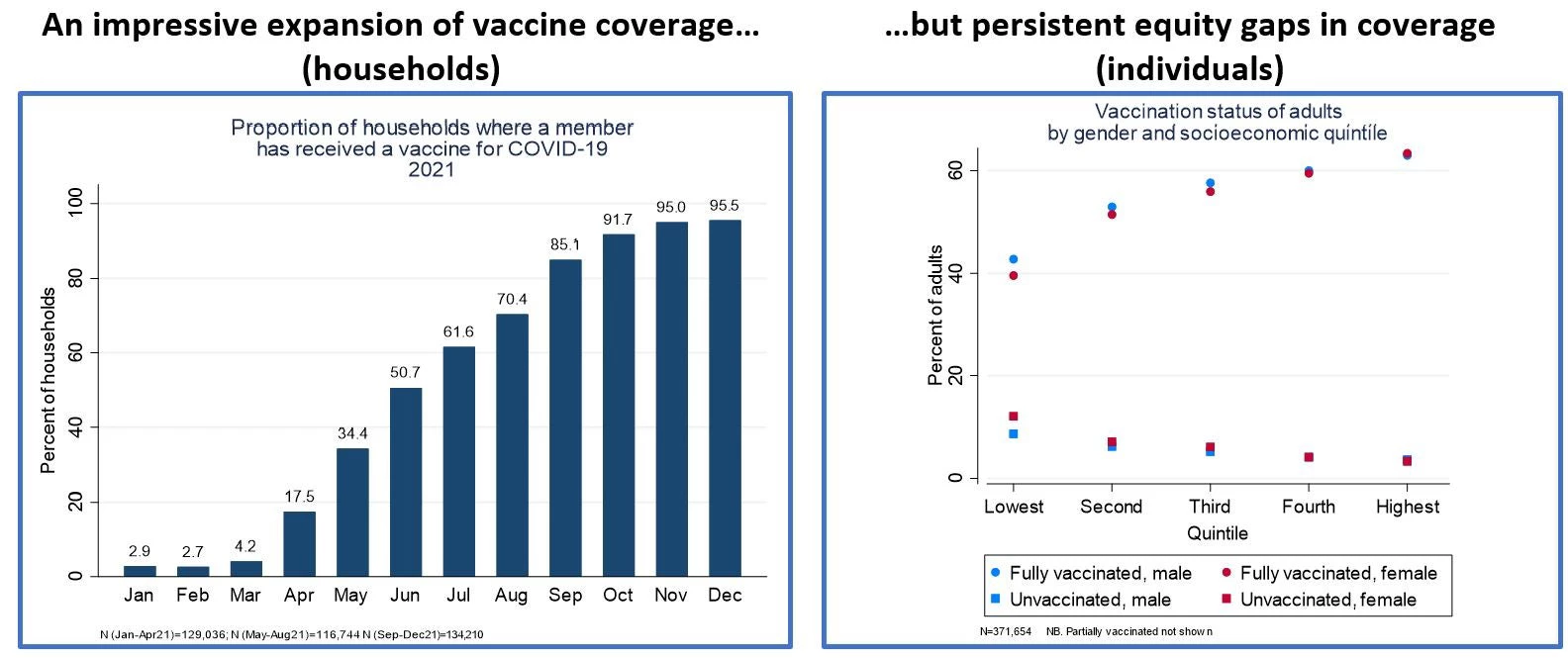Photo: cegoh | Pixabay
In my line of work, we have a Holy Grail that many brilliant people have spoken, written, and toiled to achieve: attracting international institutional investors to infrastructure projects in emerging countries.
Yet, according to the recent World Bank Group report, Contribution of Institutional Investors to Private Investment in Infrastructure, 2011–H1 2017, the current level of institutional investor participation in infrastructure investment in emerging markets and developing economies (EMDEs) is only 0.7 percent of total private participation.
This Bank Group report estimates that emerging countries need to invest $836 billion per year, or 6.1 percent of current service level of existing assets. Meanwhile, the International Monetary Fund (IMF) estimates that more than $100 trillion is held by institutional investors—with around 60 percent of assets held by pension and insurance funds from advanced economies—making the amount mobilized for EMDE infrastructure look even more paltry.
But the siren song still rings clear—these international, long-term, liability-embedded funds could be a game changer for filling the financing gap in EMDEs infrastructure and the World Bank Group’s Maximizing Finance for Development (MFD) agenda.
According to a report from the PWC Market Research Center, the size of global pension funds is expected to grow at a compound annual growth rate of 7.5 percent between 2015 and 2020, mostly in advanced economies. In addition to sizable assets with strong growth, there are several other advantages of such long-term, liability-embedded funds:

Source: LSE report
2. Under Basel III, International Financial Reporting Standards (IFRS), and Solvency II, institutions with long-term liabilities will need infrastructure investment to meet asset-liability matching obligations.
3. Investor demand is shifting from fixed-income to alternative investments, such as infrastructure, that provide diversification, risk management, an inflation hedge, and enhanced returns.
Targeted mobilization could help mitigate retirement savings gap
According to the World Economic Forum, the retirement savings gap in 2015 is estimated to be $70 trillion, a figure that will grow by 5 percent each year to $400 trillion by 2050. This is based on data from eight countries with large populations and established pension systems. These countries are characterized by rapidly aging populations, a lack of easy access to pensions, long-term, low-growth environments, low expected returns, and inadequate savings rates. Investment of these massive retirement savings in EMDEs could benefit all, since EMBDs offer higher, long-term growth with higher expected returns. Ultimately, it will contribute building a better “safety net” for society, with investment funds filling in the financing gap in EMDE infrastructure.
A possible approach to mobilizing long-term investment in EMDE infrastructure
For effective and efficient mobilization, we can build strategies and milestones by identifying appropriate countries and institutions with optimal conditions:
- Target countries: we can identify target financing-source countries that have well-designed national pension systems, large life insurance companies, aging societies, and low domestic bond yields.
- Target Institutions: our mobilization strategy can consider an institutions’ asset size, liability characteristics, and risk appetites for EMDE projects.
A recent World Bank blog sets out the reasons for the limited appetite of institutional investors for EMDEs, such as the lack of a significant pipeline of well-prepared and well-structured infrastructure project, risk return profile mismatch, limited specialized infrastructure team foreign exchange risk, absence of investment-grade credit ratings, and investors’ demand of avoiding construction risk. Can multilateral development banks (MDBs) help?
Here are a few ideas:
- Foreign exchange risk mitigation: MDBs can provide long-term, stand-by debt facilities (ideally subordinated) that can be accessed where the impact of a foreign exchange shift exceeds a specified level.
- Credit risk: MDBs can help pool brownfields assets, which have a more favorable risk-return profile, and provide loans and guarantees to enhance credit of the relevant platform.
- Construction risk: MDBs are better placed than institutional investors to manage construction risk and may wish to structure their engagements to provide construction-period guarantees or to simply finance construction. They could assist EMDEs in refinancing the debt through global institutional investors, releasing their capital to support new asset development.
Related posts:
PPI and the poorest: New private participation in infrastructure results highlight critical role of MDBs in IDA countries
Breaking new ground: growing the digital economy through cyber risk reinsurance PPPs in EMDEs



Join the Conversation